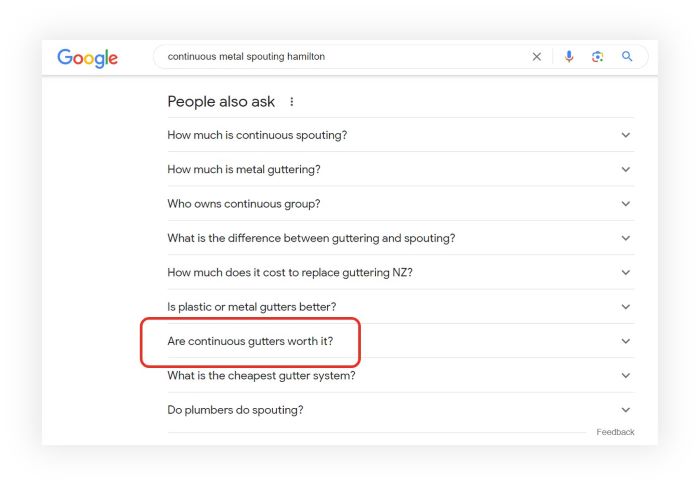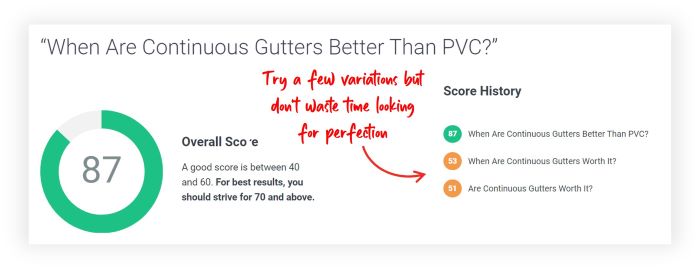In the competitive online landscape, mastering the art of planning and writing SEO-optimized blog posts is essential for improving your website’s visibility and attracting organic traffic. Effective SEO isn’t just about keywords; it’s about crafting valuable content that resonates with both your audience and search engine algorithms.
In this guide, we will explore the strategies and techniques that can help you create blog posts that not only rank higher, but also deliver genuine value to your readers.
Get to know your client and their goals
- Read everything on the client’s website to ensure you understand their business, including their:
- Key products/services. What do they sell, and what do they NOT sell? E.g., Fine Line do NOT sell PVC spouting.
- Target audience to ensure relevance in content and style.
- Unique selling propositions (USPs) and key messaging. E.g., Orthodontists are specialists with more training than dentists.
- Review keyword rankings for the client to see what keyword needs boosting.
Instead of generic posts, write articles that answer a specific question, solve a problem, or give helpful insights and advice.
Choose a topic that addresses a genuine need for info
- Select a topic that features one or more of the keywords you’ve identified.
- Make sure it will answer a specific question, solve a problem, or give helpful insights and advice
- Use tools like Answer the Public, People Also Ask or Keyword Explorer to find popular questions related to the keyword/s. E.g., Are continuous gutters worth it?

People Also AskPeople Also Ask (PAA) is one of the most popular search engine optimization (SEO) tools available on the market today. It is used by many search engine marketers, digital agencies, and webmasters to uncover specific topics that their target audience is searching for online.
|
Optimise the Heading (Title)
- Craft a title that is 60-70 characters to display well in search results.
- Include the target keyword.
- Use Monster Insights Headline Analyzer to optimise the title. Don’t over-optimize – a score of 75-85 is sufficient. More important than the score is a title that is engaging and click-worthy.

Outshine competitor articles
- Conduct a thorough analysis of the top-ranking articles for your chosen topic. Identify their strengths and weaknesses and then create a better article than all of them combined.
-
- Provide comprehensive, up-to-date, and actionable info.
- Add unique insights, case studies, or reviews.
Aim for an article length of at least 1,500 words, or 2,000+ words for competitive niches.
Make it easy to read
- Install Grammarly plugin and aim for a readability score of 50-60:
-
- Use plain language that your target audience can easily understand. Avoid jargon and technical terms unless your audience is familiar with them.
- Keep sentences concise and to the point, and limit paragraphs to 2-3 sentences.
- Write in a conversational tone – informal but without using slang.
- Use bullet points and numbered lists to make the content scannable.
Optimise On-Page SEO
- Create content that provides real value to your audience and establishes our client as the expert.
-
- Include keyword/s and internal links to the target page, in the first paragraph.
- Write naturally, using variations of the keyword and related terms when helpful. Don’t force exact matches of keywords but focus on what helps the reader.
- Use well-structured sections with H2 and H3 headings as appropriate to the article.
- Check for spelling and geographical differences. E.g., American spelling, technical terms.
- Use images to enhance your content. Add descriptive ALT Tags to the images, naturally using keywords where applicable.
- Do your best to check that your article is factually accurate and true for the client.
- Link to and from other relevant pages and articles on your website to improve user navigation and SEO.
- Ensure your article has a meta title (under 70 characters) and meta description (under 155 characters) that include the target keyword and entice clicks.
Create content that establishes the client as the expert, and provides real value to their audience
